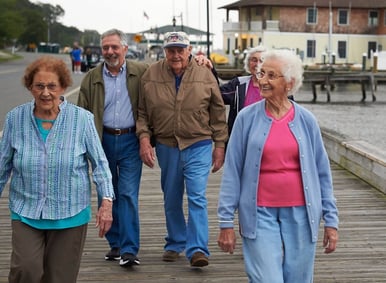 Believe it or not, warm weather has arrived in some parts of the country, and is quickly approaching in others. As the sun peeks out from behind the clouds and nature begins to call, many older adults will be heading out the door for a walk outside. This is a very good thing, and should be encouraged for most people. Some retirement communities may even establish walking groups, which can be an extremely rewarding and fun activity for everyone.
Believe it or not, warm weather has arrived in some parts of the country, and is quickly approaching in others. As the sun peeks out from behind the clouds and nature begins to call, many older adults will be heading out the door for a walk outside. This is a very good thing, and should be encouraged for most people. Some retirement communities may even establish walking groups, which can be an extremely rewarding and fun activity for everyone.
If you plan to start, or join, a walking group near you, this blog is for you! Here are a few tips to keep in mind as you prepare to walk.
Prescreening
If you are responsible for heading up a walking group, keep prescreening in mind. Walking, like any form of exercise, does carry risk. Prescreening is a great tool used in all fitness programs to ensure participant safety, identify risk, and reduce liability of fitness professionals. It is very likely that most people who will want to participate in your walking group will have already been screened during their membership application, and are good to go. However, it is important to make sure everyone in your group has been prescreened and understands the risks involved in exercise prior to joining. This is the first step toward protecting others and yourself.
Plan Ahead
Before you embark on your first walk as a group, make sure everyone knows where you’re going. If you’re the group leader, be sure to go over the route with your participants before you leave. If you’re a participating member of the walking group, be sure to ask where you’re headed if you don’t already know. By sharing the route with all participants, you’re reducing the chances of anyone getting lost along the way. As the leader, you should also share your planned route with someone who will not be joining you. This way, in the event of an emergency, your group will be accounted for.
Don’t Go Empty-handed
Speaking of emergencies, they do happen. Walking is very safe for most people, but health and safety issues can arise quickly. In these cases, it would serve yourself and your group to be prepared. I recommend taking a few important things with you on a walk. If you are a member of the walking group, make sure to bring weather-appropriate clothing, water, and a cell phone with emergency numbers easily accessible. If you are leading the group, I recommend bringing the following:
- Water for yourself
- Extra water for others
- A cell phone
- Emergency phone numbers
- A map of your route
- A first-aid kit
- A light folding chair
That last one may sound strange, but it is important for anyone experiencing a health issue or needing to rest on the trail to have the option of sitting down. Benches may not always be available in an emergency situation, so bringing another seating option along with you is a good idea.
Walking groups are a wonderful way to experience nature when the weather finally lightens up. Whether you are leading the group or joining it, be sure to take some precautions. By making sure everyone in your group has been prescreened, you make the walk safer for yourself and others. Planning and sharing your route before you leave reduces the chances of navigation issues, and ensures that your whereabouts are well known. Finally, by bringing along a few key items on your walk, you’ll be much more prepared for an emergency if it should arise. All of this together will make your walking group experience safer and more fun. Enjoy your walk!


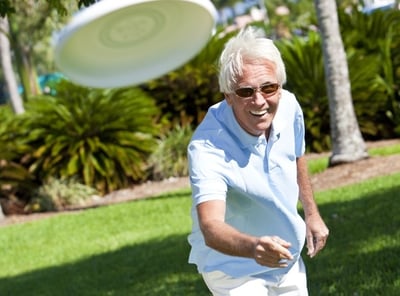

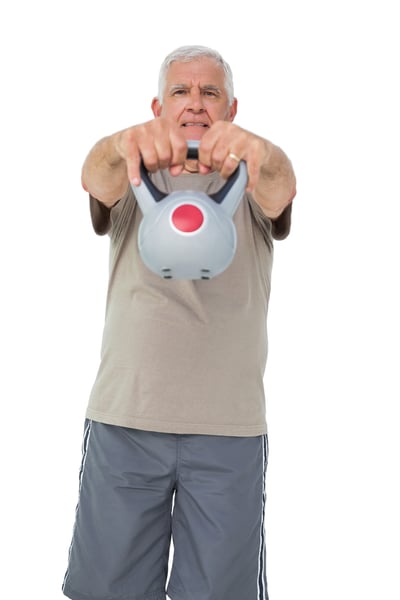

 The biggest change, however, is the fact that you no longer have to think about what’s for dinner, or lunch, or even breakfast. What a joy! My husband and I have the same exact conversation every day at around 5:30pm: What’s for dinner? I don’t know. What do you want? I don’t care. What do we have lying around that I can toss together quickly? I don’t know, eggs, a salad? And we end up usually having a salad, maybe with an omelet. Easy, but sooo boring.
The biggest change, however, is the fact that you no longer have to think about what’s for dinner, or lunch, or even breakfast. What a joy! My husband and I have the same exact conversation every day at around 5:30pm: What’s for dinner? I don’t know. What do you want? I don’t care. What do we have lying around that I can toss together quickly? I don’t know, eggs, a salad? And we end up usually having a salad, maybe with an omelet. Easy, but sooo boring.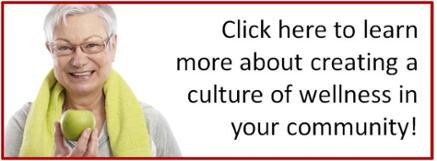
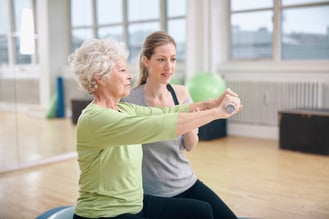 and activities for residents, I’m often surprised at what an afterthought their exercise amenities and services are. The clear appetite to provide residents with the very best options for living just doesn’t square with what’s in place for resident exercise at the community.
and activities for residents, I’m often surprised at what an afterthought their exercise amenities and services are. The clear appetite to provide residents with the very best options for living just doesn’t square with what’s in place for resident exercise at the community.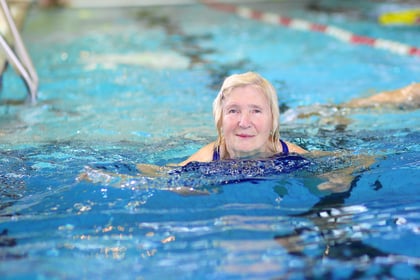 I got a call from a resident of a senior living community the other day. She told me that she’d been thinking about how her community could do better with the exercise program it offers. She saw a lot of potential to build on already successful offerings, and she’d been working with a resident team on this idea. Over the last several weeks, she’d been all over our website and decided it was time to talk about how we might be able to support her team’s goal to report on options to improve the community’s exercise program.
I got a call from a resident of a senior living community the other day. She told me that she’d been thinking about how her community could do better with the exercise program it offers. She saw a lot of potential to build on already successful offerings, and she’d been working with a resident team on this idea. Over the last several weeks, she’d been all over our website and decided it was time to talk about how we might be able to support her team’s goal to report on options to improve the community’s exercise program. 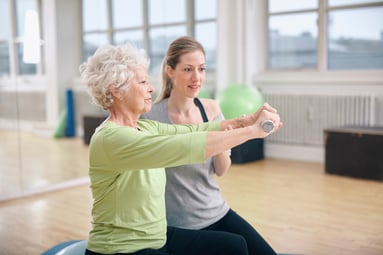

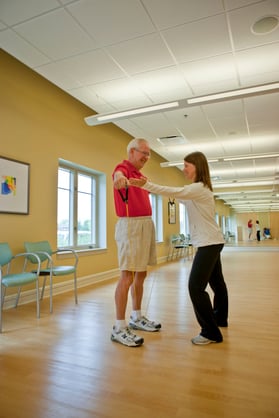 In the fitness and health field, we are asked for advice continually. It is our job to build fitness routines that are safe, comfortable, and something our clients will actually build into an overall resident wellness lifestyle. The difficult part always seems to be creating a program that they like that also fits around all contraindications of diseases and ailments, and having them not give up after a week.
In the fitness and health field, we are asked for advice continually. It is our job to build fitness routines that are safe, comfortable, and something our clients will actually build into an overall resident wellness lifestyle. The difficult part always seems to be creating a program that they like that also fits around all contraindications of diseases and ailments, and having them not give up after a week.
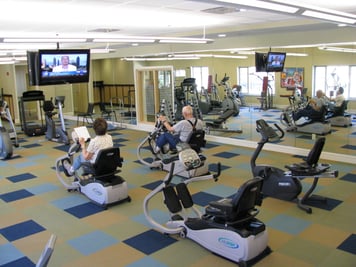

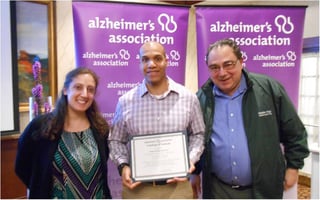 One of our clients put the
One of our clients put the 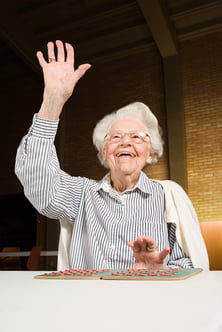 Fund-raising Events
Fund-raising Events